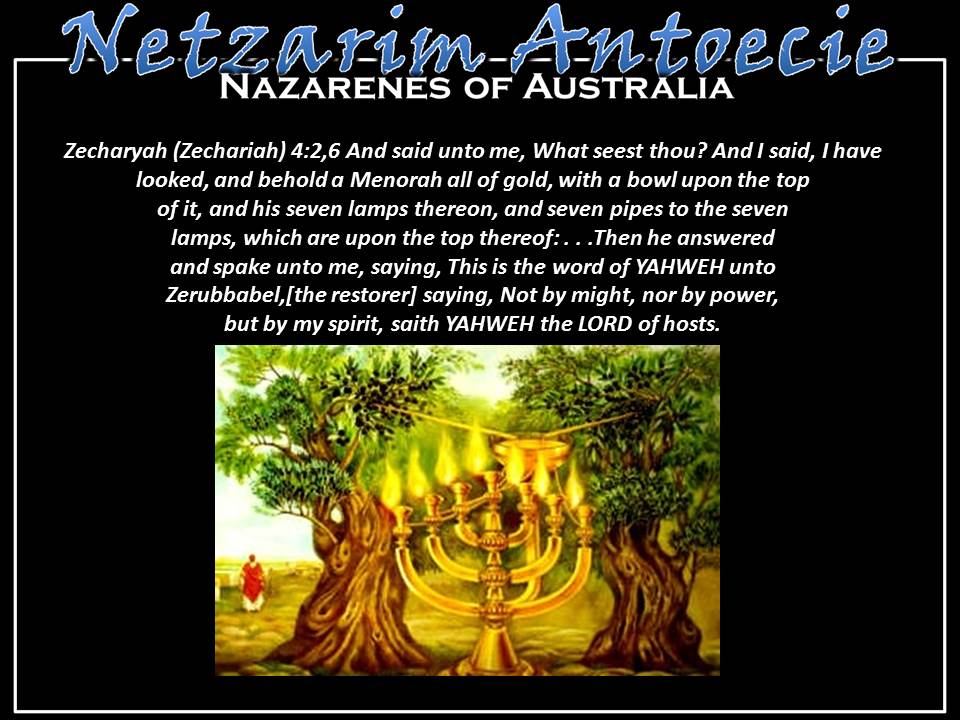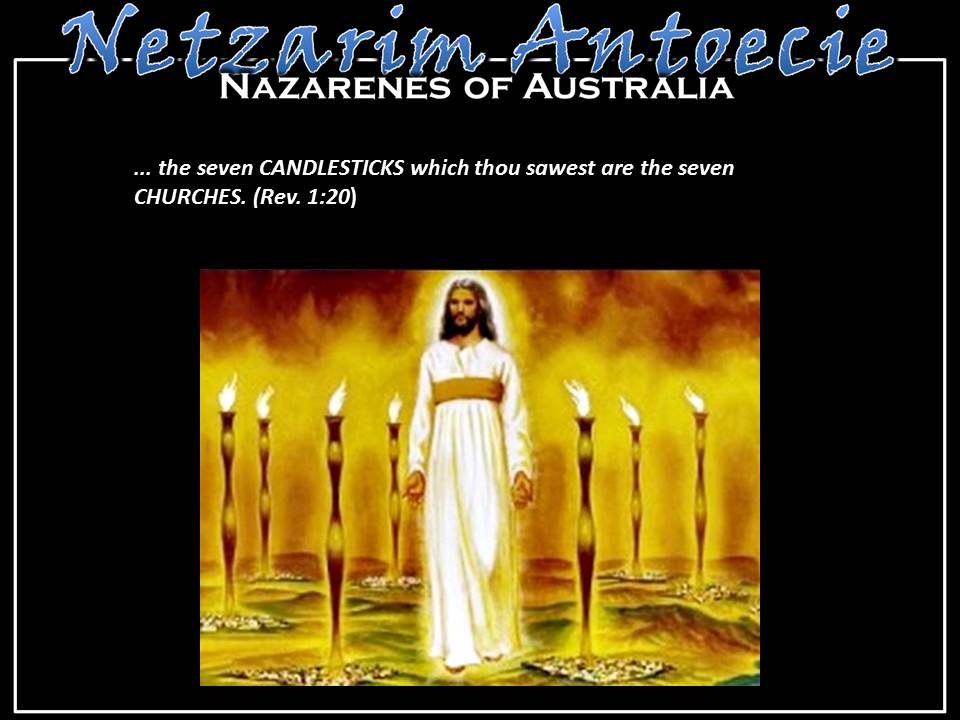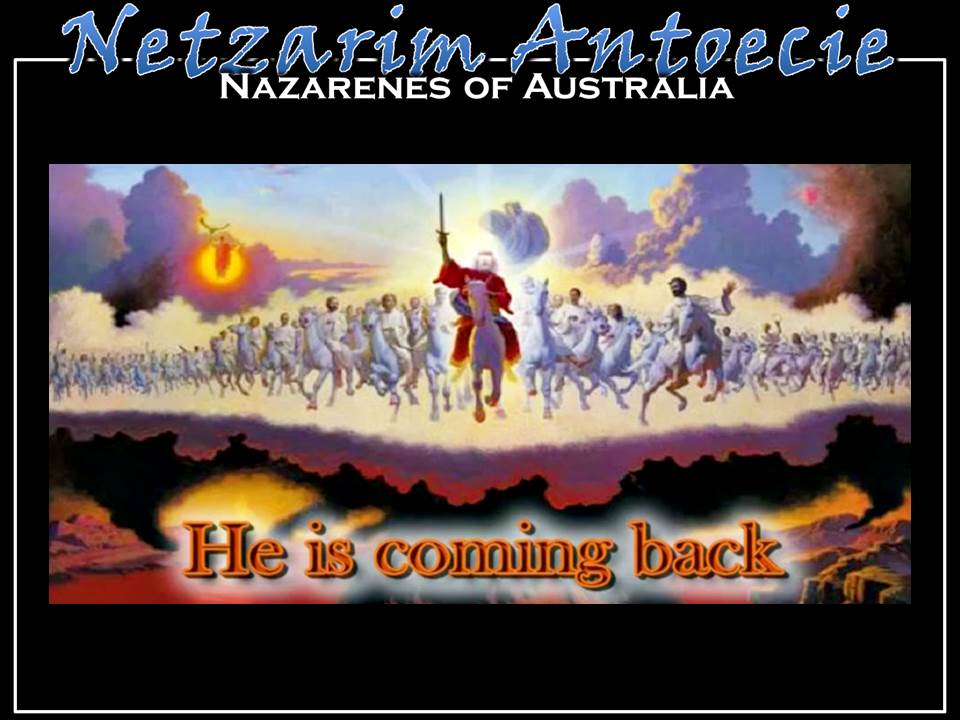Video Teaching
Slides and Study Notes
Time Your Walk Series – Part 3 Study Notes
All Crescent and Accounted For
Introduction
In week one we established the importance of time in our walk and how there is a time and a place for everything that we should do. “There is a time for everything, and a season for every activity under the heavens (Ecclesiastes 3:1)” The rotations of the heavenly bodies attest to this. “And Elohim said, ‘Let there be lights in the vault of the sky to separate the day from the night, and let them serve as signs to mark sacred times, and days and years. (Genesis 1:14)’” We saw how the mundane aspects of our lives, such as sleep and labour are usually divided up by the night and the day. “The sun rises… Then people go out to their work, to their labour until evening. (Psalm 104:23)” Most cultures who work a six day week with a seventh day of rest, consciously or unconsciously abide by Scripture which says, “Six days you shall labour and do all your work but the seventh day is a Shabbat to Yahweh your Elohim. On it you shall not do any work, (Exodus 20:9-10a)” Most cultures observe a thirty to thirty-one day month, with each month recurring twelve times within a three hundred and sixty-five day year. The Hebrew calendar is slightly different, reckoning a twenty-nine or thirty day month recurring twelve times in a three-hundred and fifty-four day year. “This month is to be for you the first month, the first month of your year. (Exodus 12:2)”
Sometimes Rosh Chodesh is observed for two days due to the variation of the twenty-nine or thirty day month. If one month is thirty days, Rosh Chodesh is two days long and if another month has twenty-nine days Rosh Chodesh is observed for only one day. The following months always have two days of Rosh Chodesh (the first day of the month plus the last day of the previous month): Cheshvan, Adar (and Adar II), Iyar, Tammuz, and Elul. The following months always have one day of Rosh Chodesh: Tishrei,1 Shevat, Nisan, Sivan, and Av. The months of Kislev and Tevet fluctuate; some years they both have one day of Rosh Chodesh, some years both have two days, and some years Kislev has one day and Tevet has two days of Rosh Chodesh.
We learnt that the nature of the Hebrew calendar being “luna-Solar” causes the months to occur 11 days earlier each year, which presents a problem with a number of seasonally dependant Pilgrimage Feasts (Pesach, Shavuot and Sukkot). For example Pesach is commanded to be observed annually in the springtime according to Deuteronomy 16:1. So the only solution was to make a man-made adjustment every so often to preserve two of Yahweh’s commands. Without this adjustment, observing Pesach in springtime will eventually be transgressed. The solution took the form of adding a thirteenth month (Adar Sheni [Second Adar]) seven times in every nineteen years.
Yahweh is all about working with us within the framework of time by revealing His glory to man by stages in time. This is evident with the revealing of the seven covenants, the Edenic Covenant, the Adamic covenant, the Noahide covenant, the Abrahamic covenant, the Sinai covenant, the Davidic covenant and the Renewed covenant, with each unfolding at particular waypoints in time. Within these covenants is the gift of the Shabbat, Rosh Chodesh and the High Holidays of the Biblical calendar, which are all dependent on time. Circumcision is also dependant on time, being commanded to take place on the eighth day.
The Torah contains the words “In the beginning,” and then segments the process of creation within a deliberate timeframe and the Talmud, man’s most authoritative Divine response to the Torah itself, starts with the question, “From what time may one recite the evening Shema?” So both the Word of Elohim and the Word of Man in response to Elohim start with a focus on time.
Yahweh created and set time. He set a time for man to be born, for man to live and He set a time for man to die. There is…“a time to be born and a time to die (Ecclesiastes 1:1)” “Man's days are determined; you have decreed the number of his months and have set limits he cannot exceed. (Job 14:5)” Elohim determines the length of man’s days. “My Ruach will not contend with humans forever, for they are mortal; their days will be a hundred and twenty years. (Genesis 6:3)”
He commanded man to take ownership of time and use it wisely. “Teach us to number our days, that we may gain a heart of wisdom. (Psalm 90:12)” A man who obeys Yahweh’s times will be blessed with a long and prosperous life. “My son, do not forget my teaching, but keep my commands in your heart, for they will prolong your life many years and bring you prosperity. (Proverbs 3:1-2)”
Yahweh does not keep the length of a man’s days secret from him if he enquires. “Show me, Yahweh, my life's end and the number of my days; let me know how fleeting my life is. (Psalm 39:4)”
The restoration of the Kingdom of Israel however is sealed. When the multitude gathered around John and asked him when this would take place, he said, “It is not for you to know the times or dates the Father has set by his own authority. (Acts 1:7)” The passing away of all things is also withheld. “But about that day or hour no one knows, not even the angels in heaven, nor the Son, but only the Father. (Mark 13:32)”
There is even the passing of time in heaven. “When he opened the seventh seal, there was silence in heaven for about half an hour. (Revelation 8:1)” The very concept of eternity is not timelessness, but time with no beginning and no foreseeable end.
We looked at the nature of the Hebrew calendar, its features, with its months symbolising each tribe and how they carry various unique moods and characteristics of their own. We looked at how Rosh Chodesh was observed with the Sanhedrin and how it is observed without a functioning Sanhedrin. We also looked at when it was observed and saw that there are many who claim it was on the crescent moon and some who claim it was on the molad (dark moon ).
We looked at how, “Originally, the New Moon was not fixed by astronomical calculation, but was solemnly proclaimed after witnesses had testified to the reappearance of the crescent of the moon,” Encyclopaedia Judaica, Vol. 12, p. 1039. The switchover from watching for the first visible crescent to calculating conjunctions to determine the month’s beginning came with Hillel II’s calendar revisions in the 4th century C.E. “By the middle of the fourth century, the sages had established a permanent calendar and the public proclamation of the New Moon was discontinued” (Ibid). And though we are commanded to actually observe the moon (Deuteronomy 16:1), even in those times not everyone actually had to and currently there is no Sanhedrin and no authoritative body to report the sighting to. We are living in diaspora conditions and not all the Torah can be adequately observed. The Hillel II calendar resolves this difficulty and enables observers to plan a day off work if they so choose. Few employers would accept an absence every month with no prior notice. It is however still expected that able parties go out and witness the new moon in this dispensation, although whether it is sighted or not, the holiday is still to be observed.
With the molad, the covered or dark moon, we argued that it is at the precise conjunction of the moon, referred to as the New Moon in modern calendars and we cited Psalm 81:3, which instructs the blowing of the shofar at this time. We also cited the Book of Enoch, referenced in the Book of Jude, and noted that it called the New Moon a time when the heaven receives the moon’s entire light, when it appears completely blanketed by darkness and unseen to the human eye. But we also mentioned how Rosh HaShanah or Yom Teruah, which occurs on the first month (Tishrei) of the Hebrew calendar, was observed on the dark moon, because the blowing of the shofar when the moon is concealed represents the covering of sins and also confuses HaSatan who seeks to bring accusations against us at that time.
We also looked at how the crescent symbolised the horns of a calf or a bull symbolising idolatry and how it’s also observed and venerated in Islam. But it’s important to add that a similar accusation can be levelled at the Shield of David, used by various occult circles, but originates from two inverted Hebrew Dalets and is perfectly kosher. So too, the refrain from eating pork, which is a Torah ordained observance is also observed within Islam.
In part 2 we looked at the case for keeping the molad and this week we will be concluding with a counter case as to why it should be observed on the crescent, where a small sliver of curved light becomes visible.
First up we’ll start with the testimony of Philo of Alexandria
The First Century Jewish writer Philo of Alexandria gives a very specific explanation of the New Moon as it was understood in the First Century. He writes:
(140) Following the order which we have adopted, we proceed to speak of the third festival, that of the new moon. First of all, because it is the beginning of the month, and the beginning, whether of number or of time, is honourable. Secondly, because at this time there is nothing in the whole of heaven destitute of light. (141) Thirdly, because at that period the more powerful and important body gives a portion of necessary assistance to the less important and weaker body; for, at the time of the new moon, the sun begins to illuminate the moon with a light which is visible to the outward senses, and then she displays her own beauty to the beholders. And this is, as it seems, an evident lesson of kindness and humanity to men, to teach them that they should never grudge to impart their own good things to others, but, imitating the heavenly bodies, should drive envy away and banish it from the Soul (Special Laws 2, 140-141)
Notice Philo says of the time of the New Moon “time there is nothing in the whole of heaven destitute of light” (140) and “, at the time of the new moon, the sun begins to illuminate the moon with a light which is visible to the outward senses” (141) eliminating any doubt whatsoever. Philo did not recognize the invisible dark moon as Rosh Chodesh, but the crescent moon as it first begins to reflect the sun’s light again as Rosh Chodesh.
The Testimony of the Mishnah
The Mishnah discusses the sighting of the New Moon by witnesses in detail (m.Rosh HaShanna 1:3-3:1). This portion of the Mishnah discusses when messengers would be sent to the diaspera to notify them of the siting of the New Moon (1:3) when the Sabbath is loosed for the witnesses to testify (1:4) questions at to how clearly the new moon appeared (1:5) whether a father and son could both serve as witnesses (1:7) who could serve as a valid witness (1:8) what to do when a witness was unable to walk (1:9) a system of flare signals once used to send a signal of the siting to the diaspera (2:1-4) where the witnesses would be gathered (2:5) how the witnesses were questioned (2:6) and how they were shown a chart of moon phases for comparison (2:8). All of this makes it clear that witnesses were seeing the new moon and giving testimony of what they saw to the Sanhedrin which would then officially designate the day of the New Moon.
Of particular interest are two particular passages from this portion of Mishnah. The first discusses the orientation of the new moon:
How do they test the witnesses? The pair who arrive first are tested first. The senior of them is brought in and they say to him, tell us how you saw the moon in front of the sun or behind the sun? To the North of it or the South? How big was it, and in which direction was it inclined? And how broad was it? If he says [He saw it] in front of the sun, his evidence is rejected. After that they would bring in the second and test him. If their accounts tallied, their evidence was accepted, and the other pairs were only questioned briefly, not because they were required at all, but so that they should not be disappointed, [and] so that they should not be dissuaded from coming.
(m.Rosh HaShanna 2:6)
The second speaks of a chart showing moon phases that the witnesses were shown for comparison:
(Rabban Gamliel had diagrams of the shapes of the moon on a tablet and on the wall of the upper chamber. These he sued to show the ordinary people asking, "Did you see the moon like this or like that?" It once happened that two came and said, "We saw it in the east in the morning and in the west in the evening". Rabbi Yochannen ben Nuri said, "they are false witnesses." But, when they arrived in Yavneh, Rabban Gamliel accepted them. And on another occasion, two came and said, "We saw it at its proper time, but on the following night, we did not see it"; and Rabban Gamliel accepted them. Rabbi Dose ben Hyrcanus said, "They are false witnesses", and Rabbi Yehoshua ben Chananya replied, "I agree with you."
(m.Rosh HaShanna 2:8)
These passages make it clear that the Rosh Chodesh was not an invisible dark new moon.
























































